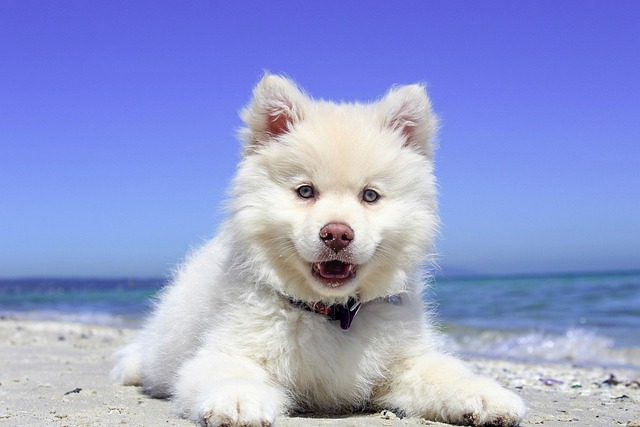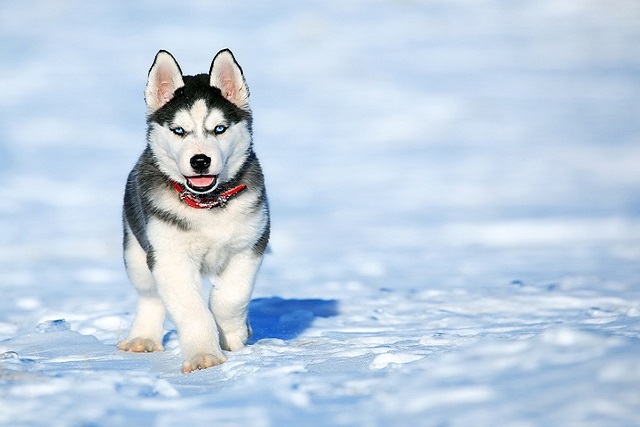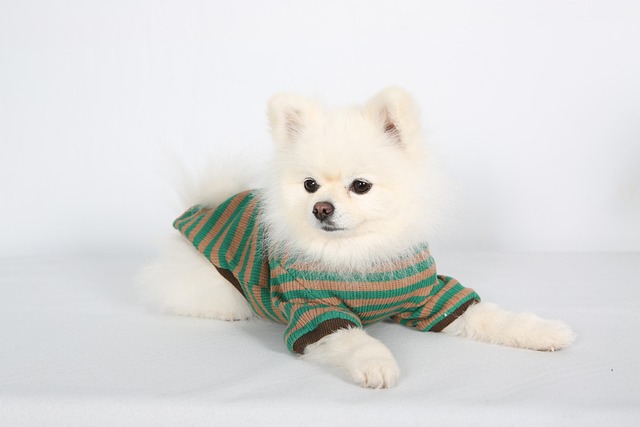
is it normal for dogs skin to peel
If you’re a new dog parent in the US—maybe you’re sitting on your Chicago apartment floor, brushing your 9-month-old rescue Lab mix
The sight of a tiny Chihuahua sporting a polka-dot sundress or a Golden Retriever in a cooling vest often sparks heated debates among dog owners. While some Americans view summer dog clothing as unnecessary indulgence, others swear by its protective benefits. This controversy reflects a deeper misunderstanding about canine physiology and the genuine role that thoughtful summer apparel can play in keeping our four-legged companions comfortable during scorching months.
Most pet parents assume that adding layers to their dogs during summer is counterproductive, and honestly, I can understand why. After all, we humans strip down to shorts and tank tops when temperatures soar. However, the relationship between dogs wearing clothes in summer and their comfort levels isn't as straightforward as it might initially appear.
To truly grasp whether your dog should sport summer attire, we need to dive into the fascinating world of canine thermoregulation. Unlike humans who sweat through pores across their entire body, dogs primarily cool themselves through panting and the small sweat glands located in their paw pads. Their fur actually serves as a sophisticated climate control system, trapping cool air close to the skin while creating a barrier against external heat.
This natural cooling mechanism works beautifully for most dogs, but there's a catch. Different breeds have evolved distinct coat types for specific climates, and not every dog's natural insulation system is equipped to handle the intense UV rays and concrete-melting temperatures common in places like Arizona or Florida. Single-coated breeds, dogs with thin or sparse fur, and those with pink or light-colored skin are particularly vulnerable to sun damage.
Here's where the benefits of summer dog clothes become genuinely compelling. Lightweight, breathable fabrics can provide crucial UV protection for dogs prone to sunburn, particularly on their nose, ears, and belly areas. I've seen too many cases where dogs with white or light-colored coats developed painful sunburns after spending time outdoors, leading to potential skin cancer risks down the line.
Veterinary dermatologists frequently recommend protective clothing for dogs recovering from surgery or dealing with skin conditions. Summer dog apparel for heat protection can shield healing wounds from dirt, debris, and harmful UV exposure while still allowing proper air circulation. Additionally, dogs with allergies often benefit from barrier clothing that prevents them from scratching irritated skin or coming into contact with environmental allergens like grass or pollen.
However, the decision to dress your dog isn't without potential pitfalls. Poorly chosen summer clothing can create a dangerous heat trap, essentially turning your pet into a walking furnace. Synthetic fabrics, tight-fitting garments, or anything that restricts natural air flow can interfere with your dog's ability to regulate body temperature effectively.
Should dogs wear clothes in hot weather? The answer depends heavily on the specific circumstances. Dark-colored fabrics absorb heat, while thick materials can block the essential air circulation that dogs rely on for cooling. I've witnessed dogs become dangerously overheated because their owners chose cute over functional, selecting heavy cotton shirts or polyester outfits that seemed adorable but created thermal nightmares.
Movement restriction poses another significant concern. Dogs need to pant freely, stretch, and move naturally to maintain their comfort levels. Clothing that binds around the chest or restricts leg movement can cause both physical discomfort and behavioral stress, potentially leading to anxiety or aggression.
The breed factor cannot be overstated when considering summer dog clothing. Brachycephalic breeds like Bulldogs, Pugs, and Boston Terriers already struggle with efficient cooling due to their shortened airways. Adding any clothing to these dogs requires extreme caution and constant monitoring for signs of respiratory distress.
Conversely, hairless breeds like the Chinese Crested or Xoloitzcuintli absolutely need protection from both sun and heat reflection off pavement. Their exposed skin burns easily and can actually benefit from lightweight, UV-protective clothing during outdoor activities.
Climate considerations vary dramatically across the United States. Dog owners in humid Southern states face different challenges than those in the dry heat of the Southwest. High humidity interferes with evaporative cooling, making proper clothing selection even more critical in places like Louisiana or South Carolina.
Individual factors matter tremendously in making this decision. Senior dogs, puppies, and pets with underlying health conditions may have compromised thermoregulation abilities. Dogs on certain medications or those with heart conditions might be more susceptible to heat-related issues and require extra protection or, conversely, need to avoid any additional barriers to cooling.
When selecting summer dog apparel for heat protection, fabric choice becomes paramount. Look for moisture-wicking materials specifically designed for pet use, such as lightweight mesh or specialized cooling fabrics. These materials should feel cool to the touch and allow air to flow freely through the weave.
Proper fit is equally crucial. The clothing should be snug enough to stay in place but loose enough to allow two fingers to slide comfortably between the fabric and your dog's skin. Pay special attention to areas around the neck, chest, and legs where binding can occur.
Color matters more than many people realize. Light colors reflect heat while dark colors absorb it, making white, light blue, or pale yellow optimal choices for summer dog clothes. Some manufacturers now offer clothing with built-in UV protection ratings, similar to human sunscreen clothing.
Watch for warning signs that indicate your dog is overheating, regardless of whether they're wearing clothes. Excessive panting, drooling, lethargy, or any change in gait could signal heat stress. If you notice these symptoms, immediately remove any clothing and move your dog to a cooler environment.
Testing periods are essential when introducing new summer clothing. Start with short wearing sessions in air-conditioned environments, gradually increasing duration while monitoring your dog's comfort level. Some dogs take time to adjust to the sensation of clothing, while others may never tolerate it comfortably.
The benefits of summer dog clothes extend beyond mere protection. Cooling vests, which use evaporative cooling technology, can actually help dogs stay more comfortable during outdoor activities. These specialized garments work by retaining water that evaporates slowly, creating a cooling effect similar to sweating.
Regular maintenance of summer dog clothing is often overlooked but critically important. Dirty or damp clothing can harbor bacteria and create skin irritation. Wash protective garments frequently with pet-safe detergents and ensure they're completely dry before use.
Professional consultation shouldn't be underestimated in making this decision. Your veterinarian can provide personalized guidance based on your dog's specific breed, health status, and lifestyle. They might recommend particular brands or styles that work well for dogs with similar characteristics to yours.
Making an informed decision about dogs wearing clothes in summer ultimately comes down to understanding your individual pet's needs and circumstances. While the general rule suggests that most dogs are better off without additional clothing during hot weather, there are legitimate scenarios where thoughtful summer apparel can enhance comfort and safety.
The key lies in prioritizing function over fashion, selecting appropriate materials and fits, and maintaining constant vigilance for signs of discomfort. Remember that your dog's natural cooling system is remarkably efficient for most situations, but targeted protection for vulnerable areas or specific health conditions can make a meaningful difference in their summer comfort and long-term well-being.

If you’re a new dog parent in the US—maybe you’re sitting on your Chicago apartment floor, brushing your 9-month-old rescue Lab mix

If you’re a new dog parent in the US—maybe you’re sitting on your Chicago apartment couch, petting your 9-month-old Golden Retriever

You’re standing in the pet care aisle, staring at a wall of grooming products—each bottle promising a softer coat, fewer tangles, and a happier dog.

If your dog has ever had a weepy, red, or irritated eye, you know how unsettling it can feel. Maybe you noticed them pawing at their face during a morning walk

You’ve probably noticed your Pomeranian’s little belly hanging a bit lower these days, or maybe they huff more when climbing stairs—signs those extra pounds are starting to slow them down.

Watching a tiny puppy explore the world makes you wonder about all the little details that will shape them—including whether their coat will grow into a fluffy, long-haired style.